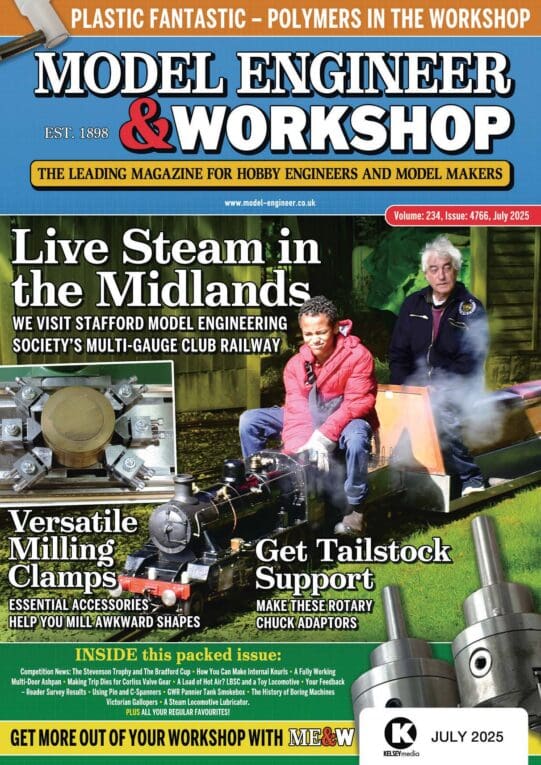Mill quill now re-assembled, bearings greased relatively lightly in the best vintage Castrol LM, all rollers coated but but void space not completely packed. In any case, with this type of cup and cone arrangement over packing probably wouldn’t matter much as excess will just get squeezed out top and bottom of the bearing.
Bearings pressed into place with the last mm left for the pre-load nut. Tightened down until all play removed but smooth rotation to the spindle maintained. Timkens suggest you crimp ’em down till they squeal and cant move, then back off a quarter turn – macho stuff from the good old days eh! but not for me.
The shaft oil seal WAS NOT replaced in order to test the effect of omission on spindle running temperature.
Just to recap, before all this rigmarole, at middle speed or 1300 RPM, the spindle nose would become too hot to hold after 5 to 6 minutes, but at least seemed to stabilise at this high-ish temperature. At 2000 and 3000 RPM within a couple of minutes the spindle nose became alarmingly hot as in capable of giving a nasty burn.
Testing without the seal gave the following results:
All 3 speeds up to and including middle speed, ie 300 600 1300 RPM, minimal temperature change after running for 6 to 7 minutes and stable. At 2000 RPM, very slight warming of both bearings, but temperature stabilises below blood heat.
At 3000 RPM there is a temperature build up over 5 minutes to what I would guess to be about 45C ie, at the level of a hot bath. The temperature seems to stabilise at at that level beyond 5 minutes and both bearings are equally affected. This seems quite acceptable for 3000 RPM.
So there it is – the main culprit all along was the shaft oil seal, which at 3000 RPM was busy converting about 15 to 18% of the motor output into heat for the spindle, if the generative AI analysis is correct.
The cheapest, allegedly low friction PTFE shaft seals of the correct size I have seen are available from about 12 pounds. What I cant determine from the manufacturers gaudy patter is whether they are truly low friction, or actually just high temperature capable.
Note for James the submariner, I have the identical motor to yours and while running at high speeds for an extended period today it was clear that one or both motor bearings are on their way out. (it is usually the one that bears the pulley). This might be a contributory issue with your motor, if you are lubricating the motor bearings, try oil through the grease nipple rather than grease.
Nick, It is James’ motor that is apparently losing power. I agree that a 370W 3 phase motor would be superior in performance to the equivalent single phase and going from 3ph to single ph can be underwhelming. I get the impression that Twin were more focused on domestic/educational customers and so generally fitted motors to suit. It is for sure the OEMs motor that has been fitted to both machines.
old mart.














